Oven Progress - the 5th week - FIRE!
Today was a big day ... um ... no, it was so much bigger than that ... um ... i'm not even sure if I can put into words the anticipation I have felt for today.
... and all for a tiny little fire that we allowed to burn for only an hour or so.
The black granite stone has been installed at the mouth of the oven and Dennis has constructed a wonderful door from recycled timber (and a bit of high tech ceramic wool and steel)

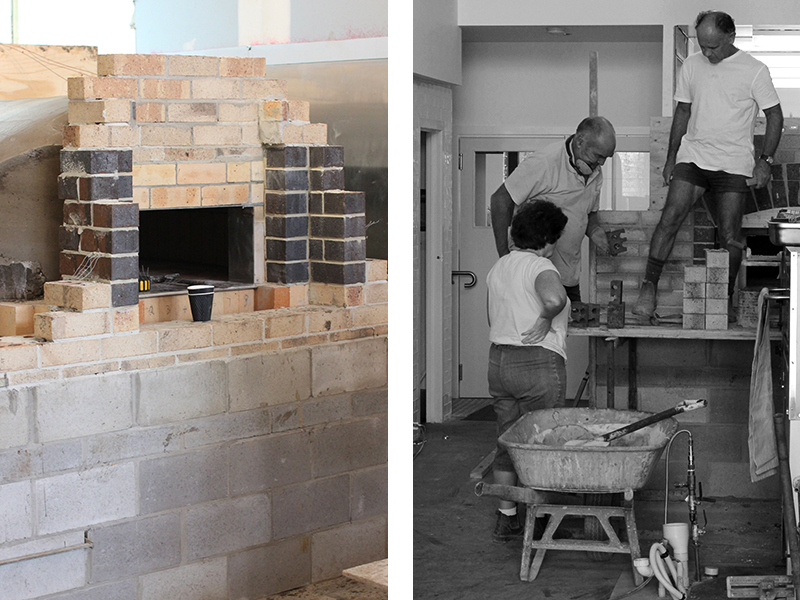 [/url]
[/url]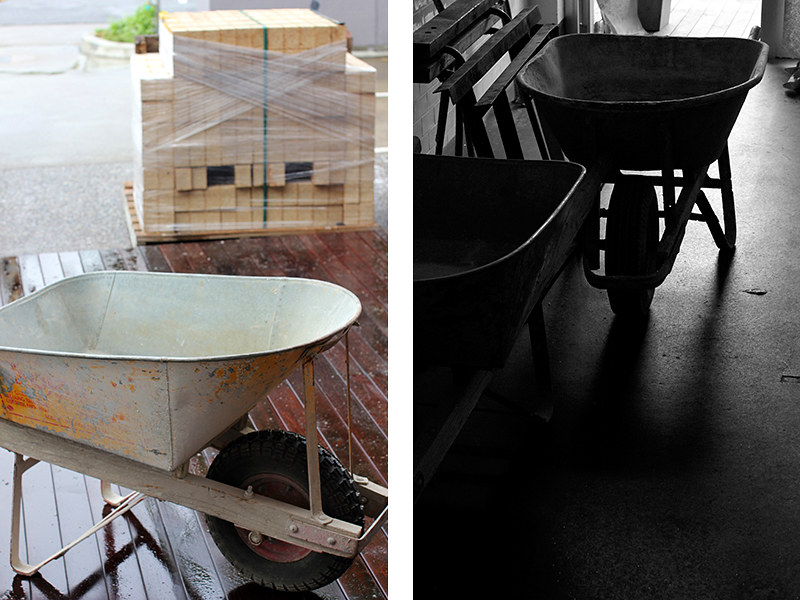 [/url]
[/url]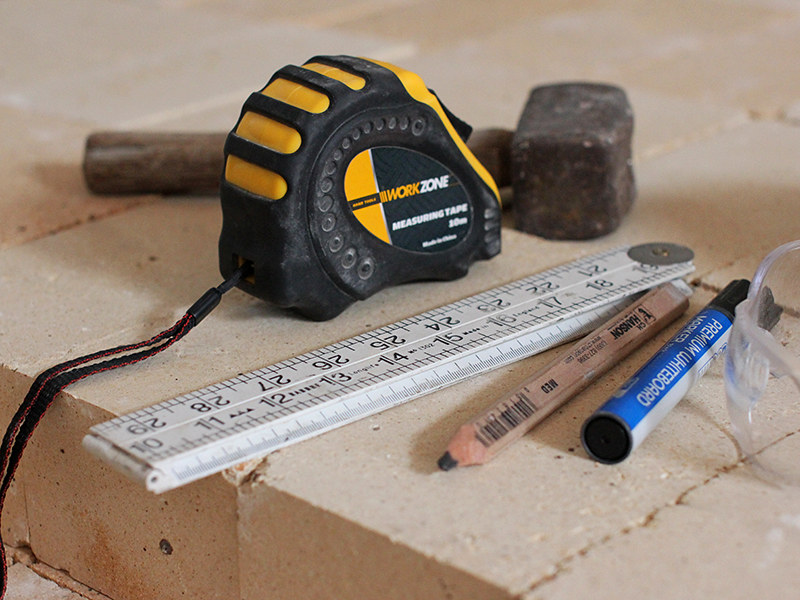 [/url]
[/url]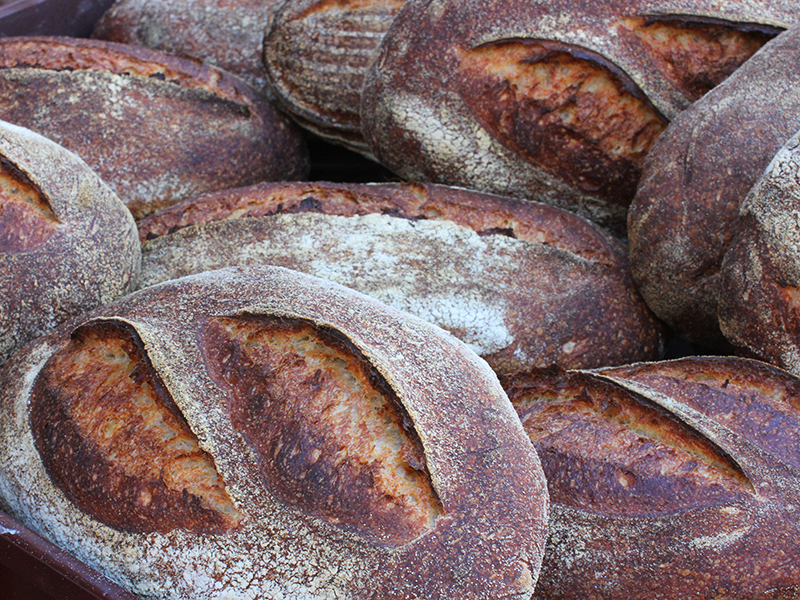 [/url]
[/url]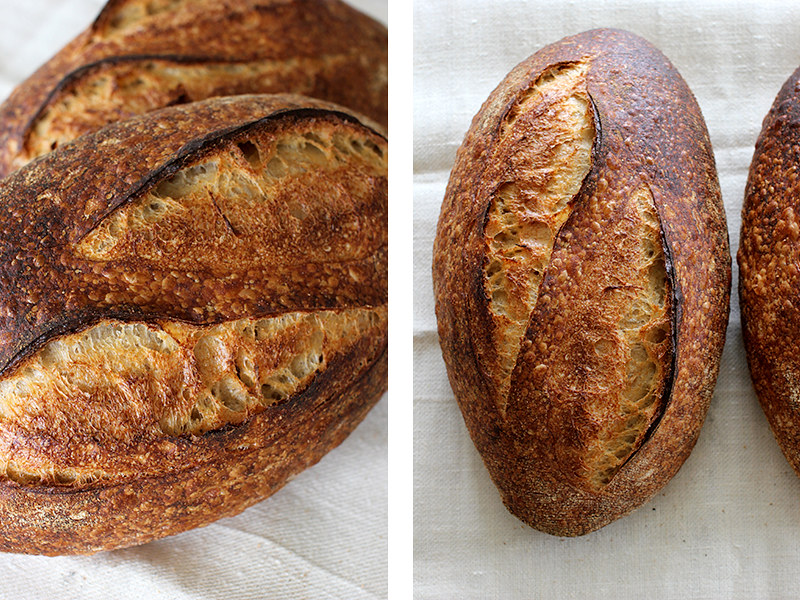
 [/url]
[/url]
 [/url]
[/url]